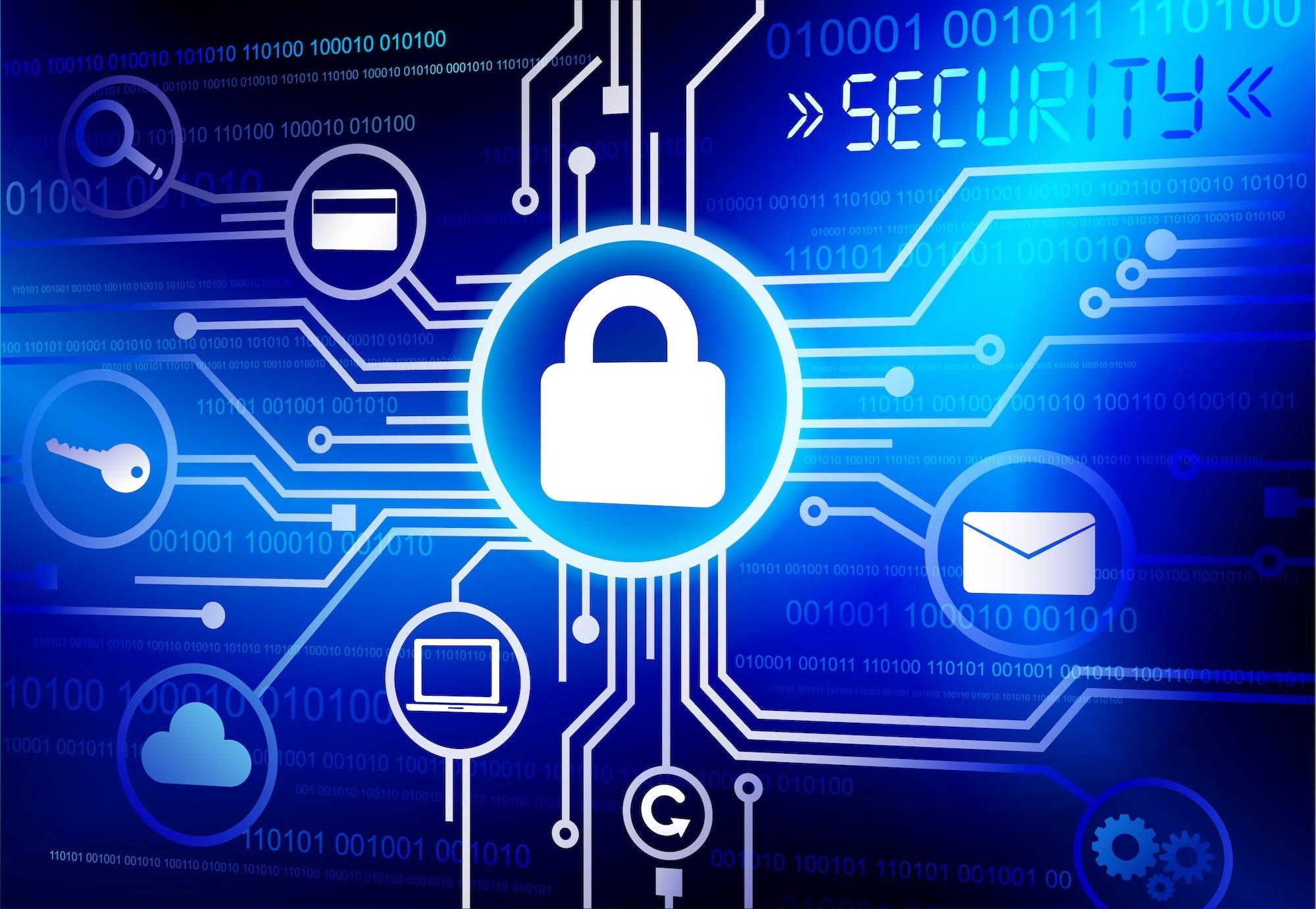
The internet has many things to offer, but when it comes to online activity, opportunity and safety must be considered together.
Fortunately, a little awareness and education can go a long way to keep secure in the digital world.
For example, one of the security threats you could experience online is phishing. Phishing is the practice of sending emails that falsely claim to be from reputable companies or individuals to influence others to reveal personal information, such as passwords and credit card numbers. A phishing email tries to bait you into sending personal information or clicking a link that will allow hackers to install software on your computer.
Odds are that someone you know has received or been affected by a phishing email. According to cyber security company, Barkly, 30% of phishing emails are opened. But just because you receive a phishing email, doesn’t mean you have to fall for the scam. If you are savvy about your email use, most phishing threats can be easily avoided.
Signs to look for
Many phishing emails have telltale signs that can make them easier to spot and avoid. If you find one of these examples in an email, you should delete it and go straight to the “source.” If the email appears to be from the bank, for example, call your local branch or the person or company who supposedly wrote the email. If they aren’t aware of it, alert them to the fraudulent emails impersonating their account.
Here are some of the signs to look for and avoid in your emails:
Spelling errors: Look for misspellings, slight differences, or odd capitalizations in the email address or author. If you receive an email from “FaceBook” for example, or “Shapchat,” it is likely not from the company and should be deleted.
Link addresses: A favorite tactic among hackers is to place a link (often a button or text that is highlighted in a separate text color and underlined) within an email that, when clicked, will install malware. Malware is software that installs a malicious code on your computer. The malware may then access your personal information on your device and send it to third parties.
There are several different types of malware, but two of the most common are viruses and spyware. Both can be installed by clicking a link, and both can allow outside parties to access private information on your computer.
To avoid these types of malware, scroll over all links in an email before clicking them. If the link address at the bottom left corner of your screen does not match up with website that you’re supposed to be visiting, don’t click on the link. This is especially important if the address ends with .exe, as clicking a link with an .exe file could automatically download software onto your computer.
Suspicious author or addressee: If the sender of the email has spelled your name wrong or addressed you anonymously, (like “friend” or “customer”) use a healthy dose of skepticism when reading. This may mean that the sender has incomplete information about you. You don’t want to unwittingly give out more information. Also use caution when opening and sending chain emails from many people you don’t know. These emails can allow hackers to spread malware or spam to wide groups of people.
An emotional appeal: Some emails use emotional appeals to try to get the receiver to do something quickly. Rushing your decision-making process may lead to clicking on a bad link. These could be anything from emails pretending to be from the IRS threatening to sue if you don’t pay a large sum or from “Facebook” stating it will shut down your account if you don’t provide user login information. Always check that the source of the email in legitimate
What to do
After deleting an email that is suspicious, you can take steps to ensure that you and others like you are better protected in the future.
- Report scams to the Federal Trade Commission (FTC): Just because you avoid clicking any malware links, doesn’t mean others who receive the same email will. Forward phishing emails to the FTC so that they can take over the investigation and can better protect others in the future.
- Install anti-phishing apps or extensions: There are many free technologies that can block unwanted messages and pop-ups and alert you when something on a website or in an email is suspicious. For example, you can use Bitdefender TrafficLight on many browsers or download the Anti-phishing & Authenticity Checker for Chrome, for example.
- Monitor and secure online accounts: By checking your online accounts frequently, you can catch any suspicious activity. In addition, you should change passwords regularly, so you’re not putting your online information at risk.
- Keep software and operating systems up to-date: Malware frequently attacks vulnerabilities that have already been identified and fixed by updates from the software company. To protect yourself, install all patches and updates when they become available. Keeping your applications, software, browsers, and operating systems up to-date is one of the most effective steps in maintaining cyber security on your computer.
Though phishing emails and other types of spam may always exist on the internet, the harm they cause can be easily avoided with the right amount of vigilance. Arm yourself with the knowledge and power to determine which emails are real and which are fake.



